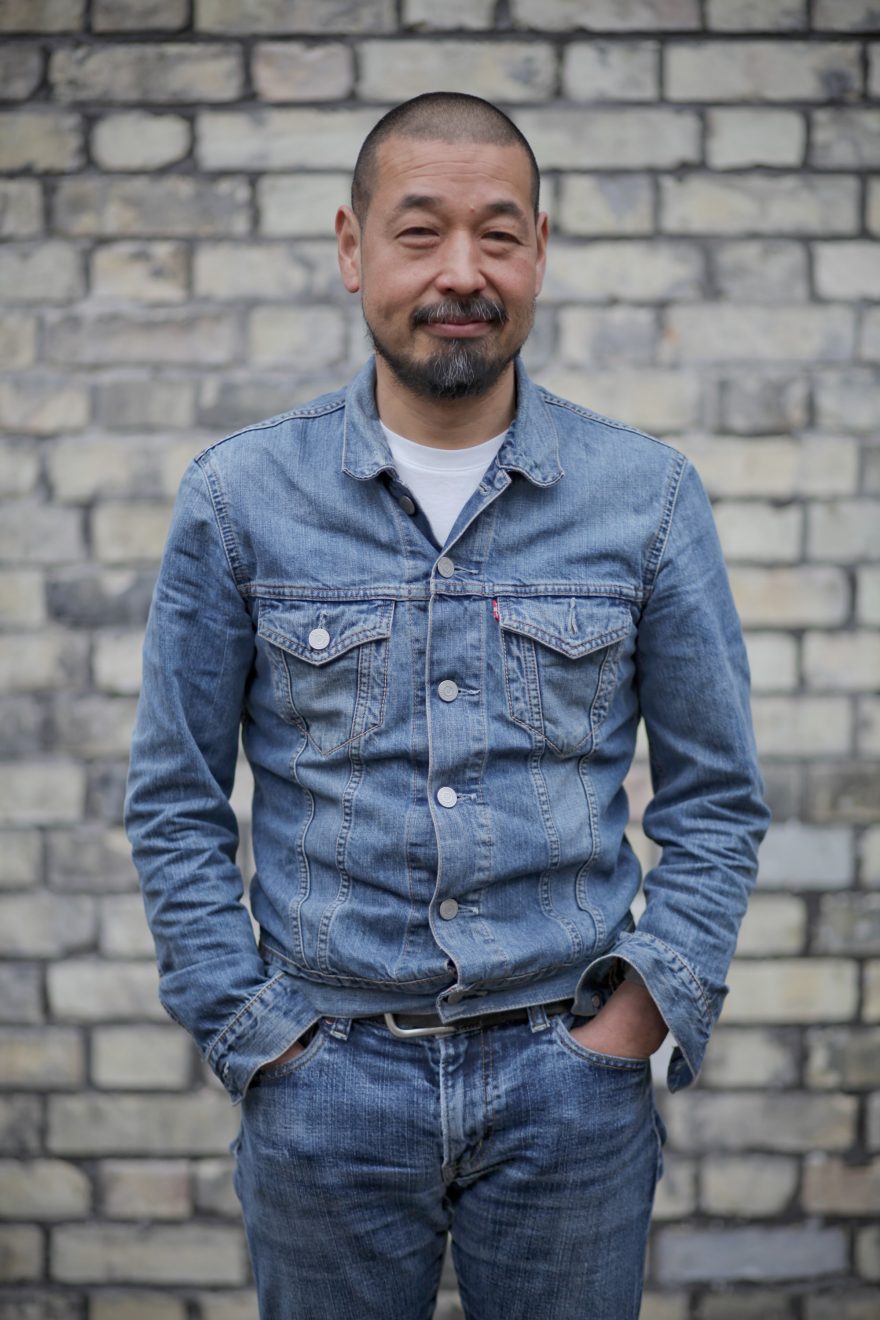
Your project “House of Trace” won several awards. Among them the RIBA National 2016 award. Located in London, it consists of a reinterpretation and the refurbishment of a domestic space. It looks strikingly elegant, simple but sophisticated. Is there a special reason to renovate buildings instead of tearing them down?
“House of Trace” is not really a conservation project, because a conservation project is normally concerned with historic or architectural value, which is related to collective memory. I‘m interested in personal memoriesassociated with spaces and places. The old extension building was typical and had a sloop roof like many others in terrace house back gardens. It doesn’t really have any value, it’s so banal. I wanted to keep this “banality” that can relate to ordinal every day life. It’s more interesting to keep the other part, not the material value, but the memory.
But is banality something you would refer to as positive? Because in German, the word “banal” has more of a negative aspect.
Yes, I know, it is a peculiar term. The house is banal in its appearance. It’s very insignificant. It reflects every day life. So in the house, I wanted to keep this insignificance and to turn it into something that is more challenging. The question was: is it better to refurbish it or to knock it down? I wanted to keep the existing crack in the house, as a reminder, to know what has happened to the house. Normally in a conservation project, one would have that crack completely repaired and put new bricks there. But we just only fixed the crack and left the trace. The every day life of a house in use has to do with age. I wanted to keep this ageing of a house. Also the new part of the house is going to be aged together with the old, to fit into new life of the habitants.
So it’s like a process of life that you can demonstrate when you use a connection of old and new materials.
Yes, they live together. Another aspect, of course is wastage. If you throw things out of the site, you have a lot of rubbish, a lot of energy is consumed to transport the rubbish out and new materials into site. Throwing away is not sustainable but re-using is time-consuming because you have to sort the parts out that you can reuse. And sometimes you find something …
So there’s always a lot of “grey energy” stored in the building.
Yes, this is also challenging. The new materials are always innovative. Working with the regulations becomes harder and harder as the bars get higher and higher, for example for the heating. But we are adapting to the current regulation level as much as we can.
So the advantages of renovation are, from your point of view, very clear.
Yes, first: the wastage is minimized.
And using the materials again means also that the aspect of sustainability is strong.
The selecting of re-usable bricks is a very time-consuming labour. But since it is happening on the construction site, the transport for new materials is reduced.
Using the old materials adds to the character of the house, interpreting it in a new way. Would you agree?
Yes. I am doing this with another project, we kept the old windows after we upgraded them to new double glazed windows. We would have to throw them away, but we kept them to reuse them, maybe for an internal partition. Because they have become symbolic. They were there for a long time, protected the house for 100 years. Now they can be used in a different manner.The character is given a different body. It is more important how you interpret it. And how we interpret old into new is the key. I feel the approach of conservation is good, but sometimes the aim of the client is that the renovated building should look like the old one. To me, the question is: how can you interpret it into something new?
So it should be discernible which parts are old and which are new?
The designing of contrasts is probably another key aspect. First it is “old- old”. And now I try to make it “old-fresh”. Even though you use old material and old space you have to give a new sort of life to it. You have to interpret it as different (new).

